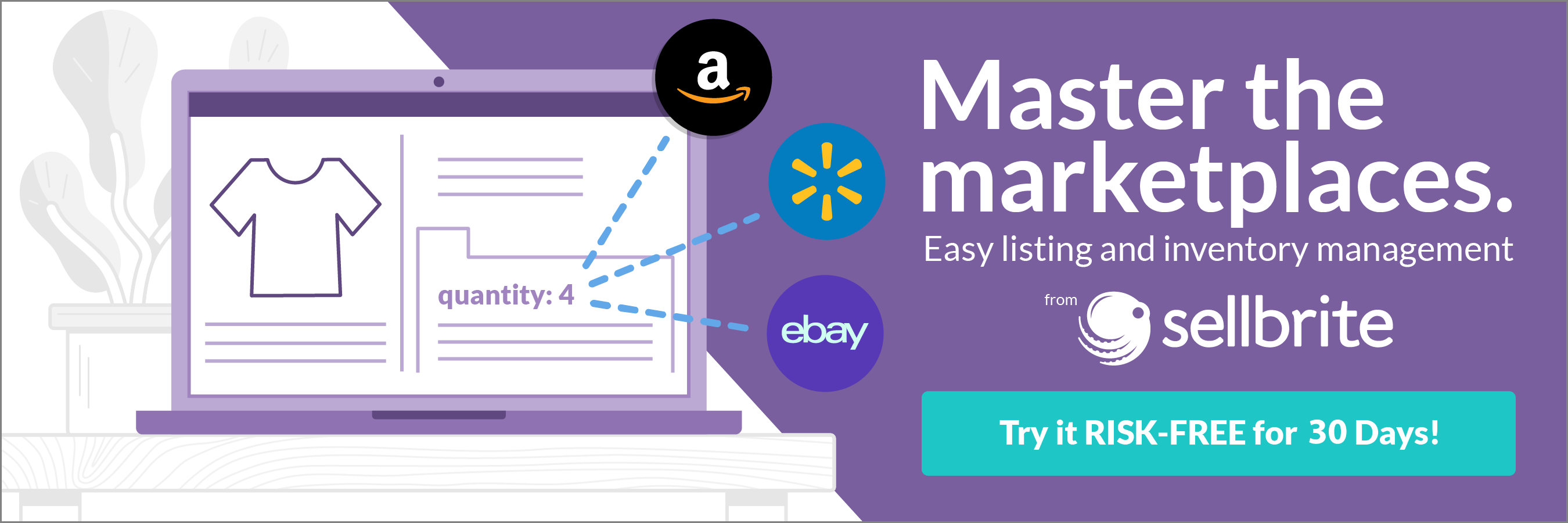What if someone shared with you a tried-and-true method that could increase your ROI by 4400%? You’d jump on it immediately, right?
The good news is, you already have this powerful business tool at your disposal, and you’re probably already using it. It’s email.
The better news is, whatever your email capabilities are now, strategic improvements to your efforts will help you generate even better results, maybe even pushing you to that desirable $44 for every $1 spent.
With so much opportunity ready for the taking, it’s worth investing some time, technology, and expertise into making your email marketing efforts the best they can be. Here’s how.
1. Strategically personalize and segment
Personalization of email messaging lets your recipient know you’ve put time and effort into understanding their needs and desires. Segmentation breaks your audience down into small groups so you can send emails that address their needs and interests, giving them more direct insight into your product’s features and benefits.
Tips for personalization
Start with your subject line: Personalizing an email subject line makes it 26% more likely to be opened.
Dale Carnegie said the most beautiful sound to any person is his or her own name. And, based on the returns generated by even simple name insertion email personalization (which generated a 46.21% open rate in a SaleCycle study), those sage words appear to be true.
However, don’t stop with “Hi Katie!”
Go a step further and create personalized content for your email body as well. Emails with personalized content generate higher click-through rates, moving your buyers one step closer to a commitment to your product or service.
The personalization options you choose can be based on your prospect’s online footprint (for example, insert a specific reference to content they’ve created or a comment they’ve made in an online group). Two to three personalizations per email is plenty; any more, and you may seem more like a stalker than a marketer.
Tips for segmentation
Your emails have an even higher potential for success if you segment your email contact lists and develop audience-specific content prior to distribution.
Instead of sending messages that are intended to be blasted to thousands of people in hopes that a dozen or two respond, break your audience down into smaller groups based on buyer persona, industry, or role in the decision-making process.
The more specialized your groupings are, the more likely the message you craft is to resonate.
There’s a balance to be struck here, though. If you make your groups too large, you may notice it’s difficult to find that common ground necessary to give emails a personalized feel. The impersonal messages may in turn frustrate your prospects – in fact, 74% of people report frustration with messages that don’t relate to their interests.
If you make your audience segments too granular, you may spend a lot of time doing manual work to send out messages instead of being able to set up intelligent campaigns on a larger scale.
2. Improve clarity to make decision-making easier
Successful segmentation relies on the fact that you’re looking at your audience and speaking directly to their interests and needs.
How do you ensure you’re producing compelling content that resonates with them? You need great writing that gets your email opened and that moves your potential buyer to take action.
Write better subject lines
Thoughtfully-crafted email subject lines are the key to getting that initial engagement. If your reader doesn’t make it past the subject line, the rest of the email, however perfectly drafted, tested, and optimized, is a waste.
Also on the topic of subject lines: Clear subject lines have a better return than clickbait or mysterious headers, as long as the content provides value.
In fact, clear subject lines that give readers an idea of what to expect (for example, “15 Tips for Decluttering Your Laundry Room”) perform astoundingly better than emails with vague or cutesy subjects (such as “Three Baskets Next to Your Dryer”), with up to 541% higher engagement.
Streamline and focus calls-to-action (CTAs)
It may seem counterintuitive to reduce the number of calls-to-action in your emails. After all, more opportunities to click means more chances that the email reader will be compelled to do so, right?
It’s actually the opposite. Fewer calls-to-action give the reader a clearer and more focused idea of what action to take.
When you streamline your calls-to-action, you make it easier for people to take the action you want them to. In fact, one study found click-through rates increased 42% when the number of CTAs in an email decreased from four to just one.
3. Exercise persistence
It’s worth putting time and resources into multiple touchpoints with current and potential clients, especially if it means strengthening relationships with those current ones.
Be persistent with current customers
It’s up to 350% more profitable to sell to an existing customer than to a new one, because they already know and trust you. Your threshold for upselling the relationship is lower and you’ll continue to gain their repeat business.
Persistent communications with customers should give them additional value, or give them a gentle nudge in the right direction.
How to do it? Browse abandonment emails have much higher open and click-through rates (80.9% and 50.5% higher, respectively) than other messages. Ecommerce retailers report that abandoned cart emails can increase online business revenue by 50% and close the deal with customers to the tune of thousands in additional revenue.
That little reminder in their inbox keeps you top of mind and encourages them to continue the decision-making process with you rather than with a competitor.
Be persistent with potential customers
Follow-up emails have value even if you’re still in the process of establishing a relationship with a prospect, and can be the impetus needed to get your buyer moving forward.
On the surface, it seems possible that multiple communications could become annoying, but clearly it works: High-growth organizations report an average of 16 touchpoints per prospect within a 2-4 week span.
That tells us that persistence and multiple touchpoints pay off; but remember, there’s a fine line between being persistent and being annoying.
If you initiate a follow-up email, or launch into an email series, make sure each follow-up gives the customer something they find valuable – additional product information, a special offer, or a dynamite testimonial from someone within the same buyer persona group.
Email can seem like a cheap and easy way to reach out to your prospects. To do it well, though, takes an investment of time and skill. Just as follow up and persistence are required to persuade prospects to seal the deal, you need the same tenacity to continue to improve your strategy, testing, and tweaking to give optimal results.
Bio
Sujan Patel is a partner at Ramp Ventures and has over 14 years of marketing experience. He has led the digital marketing strategy for companies like Salesforce, Mint, Intuit, and many other Fortune 500 caliber companies. Check out his personal website for all things growth and content marketing.



